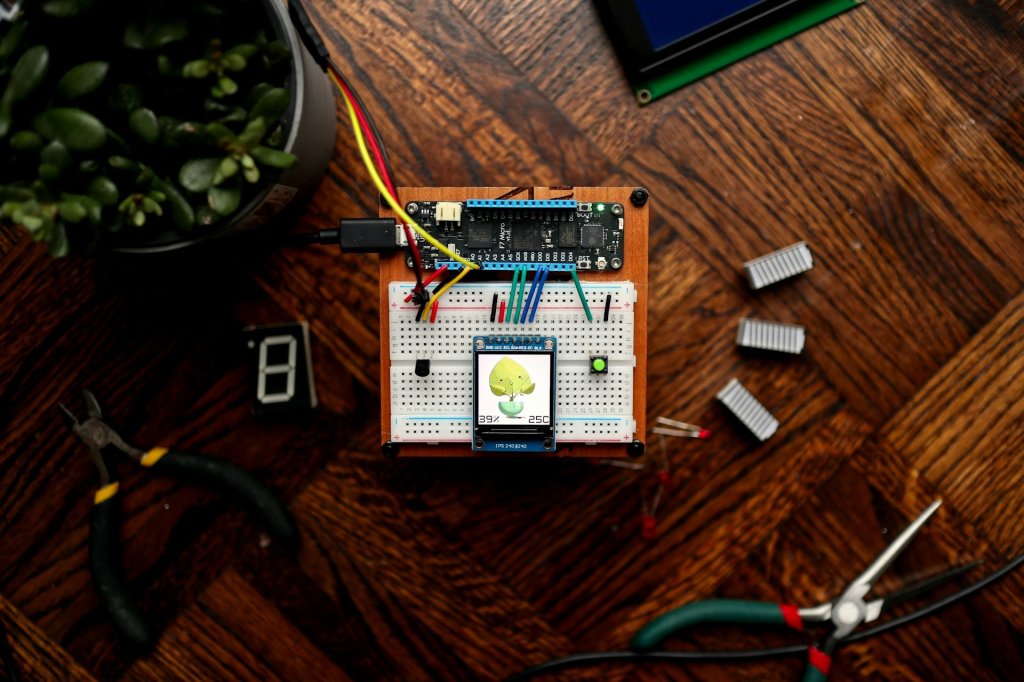Discover Starfolk’s expertly written eBooks on programming, frameworks, and web tools — from beginner basics to pro-level skills. Shop Now & Start Building →
SIS Implementation Strategy: Approaches, Steps, and Guidelines
A Student Information System (SIS) is an essential tool for educational institutions to manage student-related data. SIS implementation can be a complex process, involving several stages from planning to post-implementation. In this blog post, we will discuss SIS implementation strategies, approaches, steps, and guidelines.
Approaches to SIS Implementation:
There are several approaches to SIS implementation, and choosing the right one depends on several factors, such as the institution's size, budget, resources, and goals. The most common approaches to SIS implementation are:
Out-of-the-box implementation: This approach involves purchasing and implementing a pre-built SIS system from a vendor. This approach is quick and cost-effective, but it may not fully meet the institution's unique needs.
Customization: This approach involves customizing an out-of-the-box SIS to meet the institution's unique requirements. This approach can be time-consuming and expensive, but it results in a system that meets the institution's specific needs.
In-house development: This approach involves developing an SIS system in-house. This approach can be time-consuming and expensive, but it provides the institution with complete control over the system's design and functionality.
Steps to SIS Implementation:
Regardless of the approach chosen, there are several steps involved in SIS implementation:
Needs assessment: Before implementing an SIS, the institution must assess its needs, such as the type of data to be managed, the number of users, and the desired functionality.
Vendor selection: If the institution chooses to purchase an out-of-the-box SIS system, it must select a vendor that meets its needs and budget.
Planning: Once the approach and vendor have been chosen, the institution must create a detailed implementation plan, including timelines, milestones, and budgets.
Data migration: If the institution is transitioning from an existing system to a new SIS, it must migrate data from the old system to the new one.
Configuration and customization: Once the SIS has been installed, it must be configured and customized to meet the institution's specific needs.
Training: The institution must train its staff and users on how to use the new SIS system effectively.
Testing and deployment: Once the system has been configured, customized, and tested, it can be deployed to the institution's users.
Guidelines for SIS Implementation:
To ensure a successful SIS implementation, institutions should follow these guidelines:
Define clear goals and objectives for the SIS implementation project.
Involve all stakeholders, such as faculty, staff, and students, in the planning and implementation process.
Establish a project management team to oversee the implementation process and ensure that timelines and budgets are met.
Ensure that the new SIS system is compatible with existing technology infrastructure.
Develop a comprehensive training plan to ensure that all users are comfortable and proficient in using the new system.
SIS implementation can be a complex process, but with the right approach, steps, and guidelines, educational institutions can successfully implement an SIS system that meets their unique needs. Whether an out-of-the-box system, customization, or in-house development is chosen, following the steps outlined in this post will help ensure a successful SIS implementation.
More articles
Unleashing the Power of IoT in Retail: Benefits and Challenges
The Internet of Things (IoT) is transforming the retail industry, from improving customer experience to enhancing operational efficiency. Discover the benefits and challenges of IoT use cases in retail and learn how to stay ahead of the competition.

Official Account
Transforming Online Retail: The Advantages of Voice Commerce
Discover the benefits of voice commerce in online retail, including increased convenience, improved customer experience, increased accessibility, valuable data collection and integration with other technologies.

Official Account
Streamlining Hospital Inventory Management: Best Practices and Solutions
Discover how to optimize your hospital's inventory management system through the latest technologies, processes and best practices. Read on for a comprehensive guide.

Official Account



